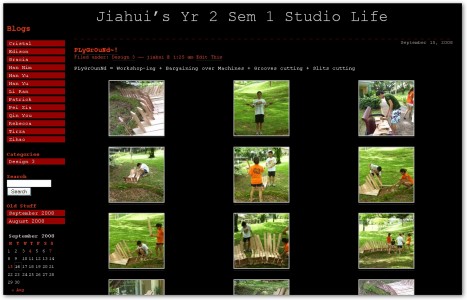Sherif Mansour blogs about seven wiki adoption tips for the enterprise. His fifth point has some applications in educational settings - for students, teaching staff and admin staff who are using wikis to compile a knowledgebase or to work on a project (or other things you can think of).
Refer people to the Wiki where you can
If you can’t use the Wiki practically in your job - no one can. Here are some really good tips to refer people to the Wiki;
- Put your meeting Agenda, action items and minutes on the Wiki. Get people to update their action items on the Wiki page.
- Use it as a starting point for all documentation. You might have a wiki page setup for a project. From there you could link to the key contacts, key documentation and project timelines etc. Or, you might have a wiki page for processes. From there you can link to various spreadsheets, forms and documents around your organisation.
- Use it as your notepad - take notes there and share them with others.
- If you are a manager - next time before you send a bulk-email to your teams distribution list, why not post it as a Wiki or blog item? Then email everyone from the team a link to it.
Can't remember exactly where I came across Sherif's blog, but I know that it is on one of the Wikipatterns pages.



